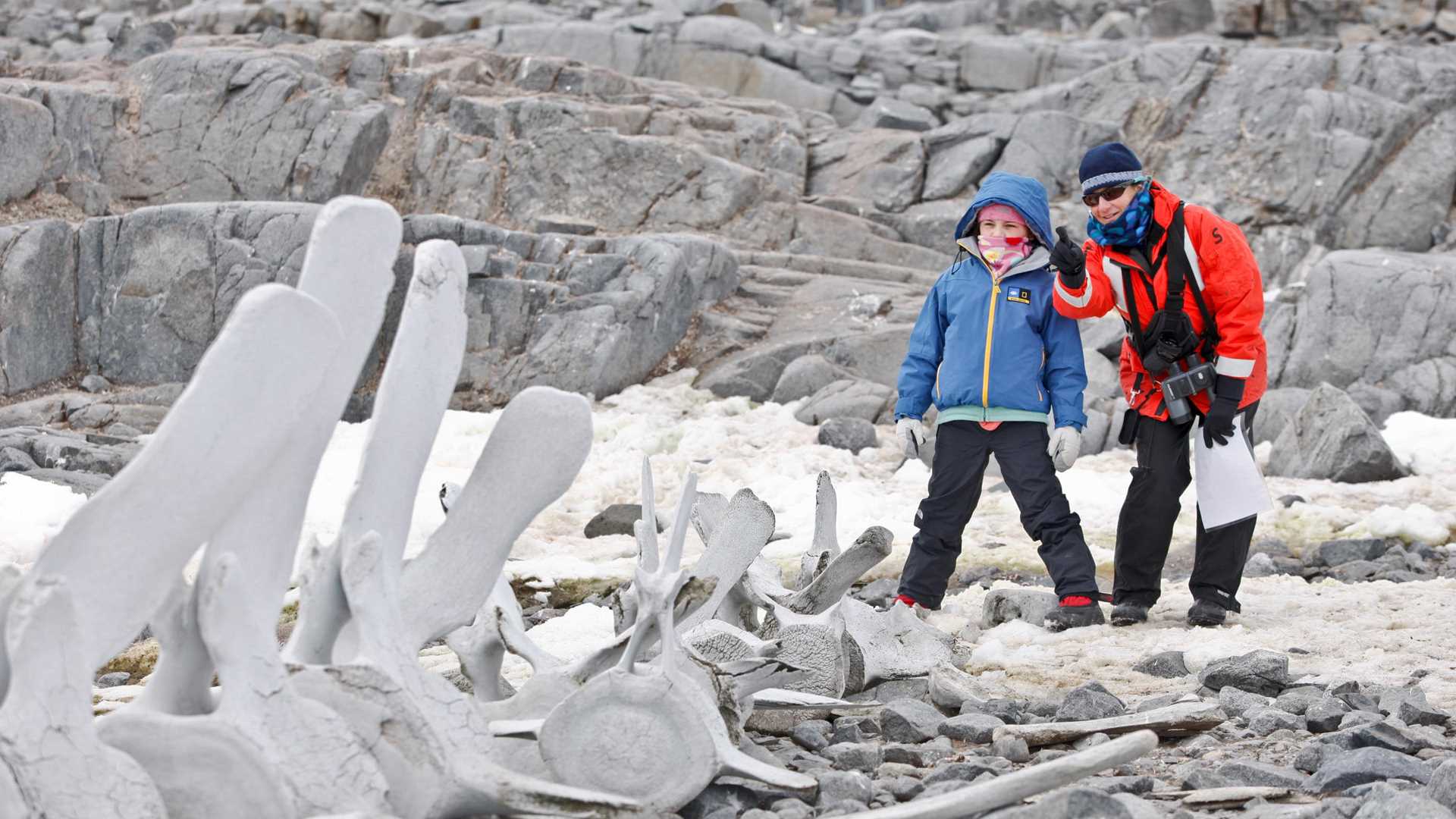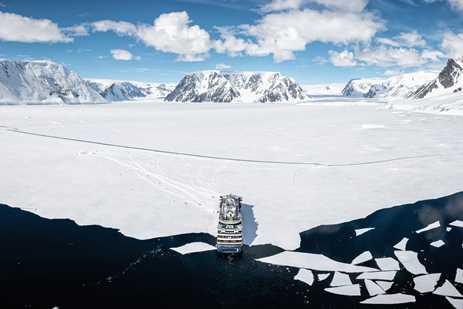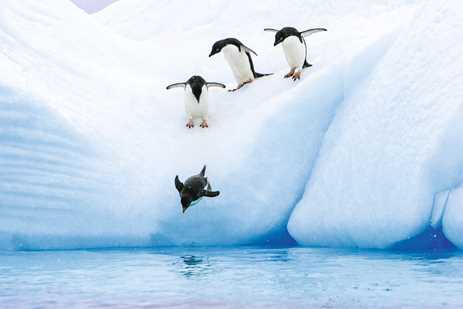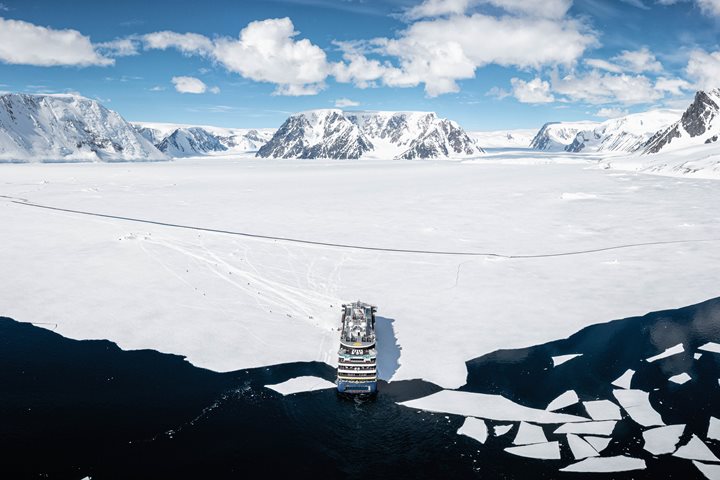Although it can be overlooked as a family travel destination, Antarctica offers endless snowy—and unforgettable—fun. Multiple species of penguins waddle around the White Continent, where kids can also spot whales, seals, and other birds they will never encounter at home. Because the Antarctic Peninsula is the focus of so much scientific research, there are countless learning opportunities for curious, young explorers.
To help you and your family make the most of this extraordinary experience, National Geographic-Lindblad Expeditions has brought our exclusive National Geographic Explorers-in-Training program to Antarctica on our Voyage to Antarctica departures, as well as our new Quest for the Antarctic Circle voyage and all of our new Antarctica Direct itineraries which fly the Drake Passage. Knowledgeable and enthusiastic certified field educators will help our youngest travelers understand this fascinating part of the world.
Here are some of the activities in store for kids and teens on an Antarctica expedition:








